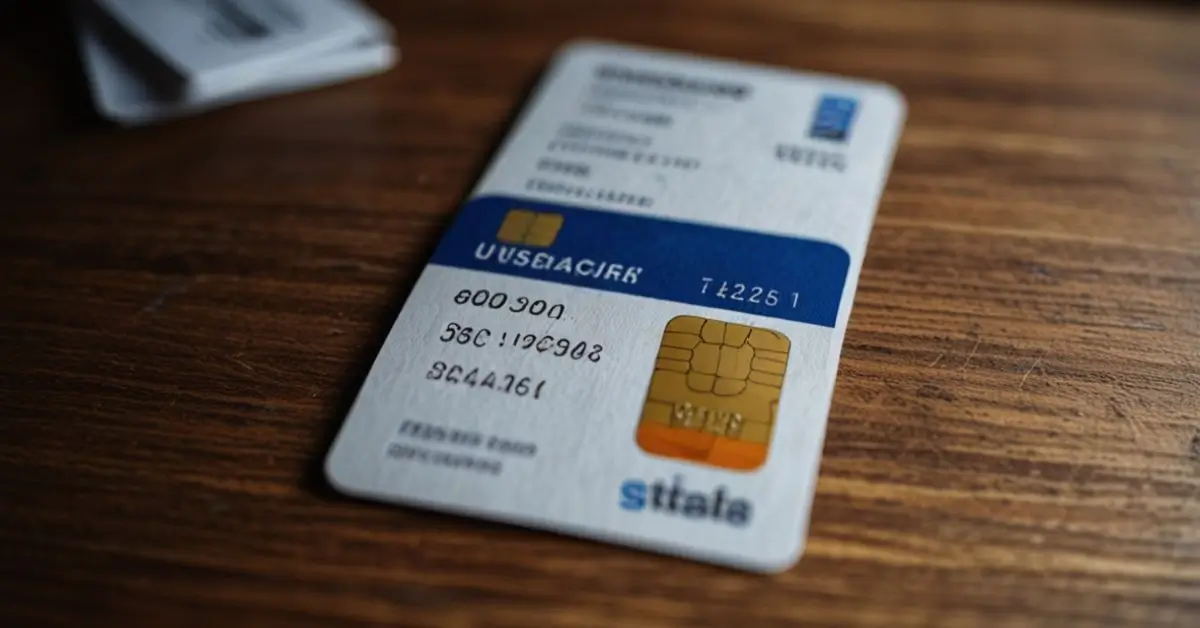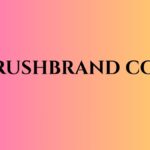In recent years, many consumers have come across unfamiliar charges on their bank or credit card statements. One common example is 800-395-5714 — a phone number that shows up with no clear indication of the service or product purchased. Seeing this on a billing statement often leads to confusion, concern, and sometimes panic. This post provides a thorough analysis to assist you comprehend the meaning of 800-395-5714, why it exists, and what steps you should take if you have seen it on your statement.
What Is 800-395-5714?
The phone number 800-395-5714 typically appears as a merchant detail in credit card or bank transaction logs. It’s linked to recurring billing or customer support lines for certain services, though the exact source may vary. Many individuals report seeing this charge after purchasing a product online, signing up for a free trial, or subscribing to an unknown service.
Although the number might not be directly suspicious, it can often represent:
- Third-party subscription services
- Free trials that transitioned into paid plans
- Recurring monthly memberships
- Online product purchases with vague terms
This makes it vital to review all your recent transactions and consider whether you might have unintentionally agreed to a recurring billing agreement.
Why Does This Charge Appear on My Statement?
Seeing such charges on a statement might seem random, but it usually ties back to an online interaction. Below are a few common scenarios where this number might appear:
Subscription-Based Billing
When signing up for a free trial or promotional offer, consumers sometimes overlook the fine print about recurring charges. After the trial ends, the service may start billing under a generic number like 800-395-5714.
Affiliate Marketing Sales
Many websites use third-party processors to handle payments for eBooks, coaching services, or digital products. These processors might not display a recognizable business name, opting instead for a generic customer service number.
Forgotten Purchases
It’s easy to forget a one-time purchase from a lesser-known vendor. If you used your card for a niche product or service, the charge might appear with 800-395-5714 instead of a brand name.
Potential Associated Risks
While 800-395-5714 isn’t inherently fraudulent, its generic nature often raises red flags. You should still be aware of potential issues:
- Unauthorized Charges: If you never signed up for anything related to this number, someone might have used your card.
- Hidden Subscriptions: Hidden fees or terms can lead to recurring billing that you didn’t realize you accepted.
- Scam Possibility: Some malicious actors use fake or misleading billing descriptions to slip by unnoticed.
How to Verify the Charge
If you’ve spotted this number and are unsure of its origin, follow these steps to investigate:
Review Your Email and SMS History
Search for recent emails or texts confirming purchases or subscriptions. Look for anything that could match the date and amount of the charge.
Call the Number
It might sound counterintuitive, but calling 800-395-5714 could provide clarity. Customer service representatives may identify the charge and explain what it relates to.
Check All Active Subscriptions
On both mobile devices and your email, check any app subscriptions or online memberships that may renew automatically.
Contact Your Bank or Credit Card Provider
If you still can’t identify the charge, your financial institution can offer additional details and help dispute unauthorized payments.
How to Stop These Charges?
Here are effective ways to cancel or stop such further charges:
Cancel the Subscription
If the charge came from a legitimate subscription, use the account settings or support line to cancel it. For your records, ask for a formal confirmation of the cancelation.
Dispute the Charge
If it’s unauthorized, immediately file a dispute with your credit card issuer. Many providers offer zero-liability fraud protection.
Monitor Future Transactions
Enable alerts on your account to catch future suspicious activity. Regularly reviewing your statements can prevent prolonged losses.
Tips to Avoid Unfamiliar Charges:
To steer clear of hidden or confusing charges, consider the following tips:
- Read Fine Print: Always review the terms and conditions before entering card details online.
- Use Virtual Cards: Virtual debit or credit cards help minimize risk by allowing single-use transactions.
- Avoid Shady Sites: Only shop or sign up on reputable platforms.
- Track All Subscriptions: Use apps or tools that notify you of upcoming payments.
Is This Number Safe or a Scam?
The verdict on 800-395-5714 depends on your personal transaction history. While many find it legitimate after investigating, others trace it back to shady subscriptions. Whether safe or not, you must treat it seriously and take proactive steps to validate or contest the charge.
Comparison Chart: Recognizing Legitimate vs Suspicious Charges
| Feature | Legitimate Charge | Suspicious Charge |
| Billing Name or Number | Recognizable or known service | Generic like 800-395-5714 |
| Transaction Description | Clearly states the product or company | Vague or unrelated |
| Contact Information Available | Yes, with customer support | Often hard to find or redirects elsewhere |
| Refund Policy | Transparent and listed | Ambiguous or unavailable |
| Verified by Bank | Yes, verifiable on request | May require further investigation |
Consumer Reports About Unknown Charges
Many users across various platforms share similar experiences:
- “I neglected to terminate my free trial after signing up. This number showed up with a $49.95 charge.”
- “No idea where this came from. I had to call the number and found out it was linked to a health supplement trial.”
- “The charge was legit but buried in fine print. Now I double-check all subscriptions.”
These stories show that while such mysterious numbers may be linked to real transactions, confusion arises due to poor transparency.
Importance of Transaction Transparency
In today’s digital world, the number of financial scams and hidden charges has increased. Transparency in transactions is crucial. Charges like these highlight the need for better communication between businesses and consumers.
When companies fail to list their brand or product clearly, they risk losing customer trust. This is why the financial sector emphasizes straightforward billing descriptors and easy opt-out processes.
Best Practices for Online Safety
- Use Reputable Vendors: Always confirm the legitimacy of online sellers.
- Secure Your Card Info: Never save card details on unknown platforms.
- Frequent Account Monitoring: Establish reminders to check statements every month.
- Enable Two-Factor Authentication: This provides an extra layer of security for online accounts.
Dealing with Recurrent Charges
Sometimes, even after cancellation, charges may continue. This can be due to:
- Errors in the cancellation process
- Multiple accounts under different emails
- Billing cycle delays
In such cases, ask for written confirmation and consider changing your card number to prevent future charges.
Conclusion
Seeing 800-395-5714 on your credit card statement may not always mean fraud, but it certainly calls for a closer look. Whether it’s linked to a forgotten trial, a hidden subscription, or an unknown product, the key lies in investigation and proactive management. By staying informed, reading the fine print, and regularly checking your transactions, you can prevent such mysterious charges from affecting your financial peace of mind.
FAQ’s:
1. What is 800-395-5714 on my statement?
It typically represents a charge from a subscription, trial service, or customer support line related to an online purchase.
2. Is 800-395-5714 a scam?
Not necessarily. It often reflects a legitimate charge, but can sometimes be linked to hidden or confusing billing practices.
3. How can I cancel a charge from 800-395-5714?
Call the number to reach customer service, identify the associated account, and request cancellation.
4. What should I do if I didn’t authorize this charge?
To contest the charge and perhaps prevent further transactions, get in touch with your bank or credit card company.
5. Can I get a refund for the charge?
In many cases, yes — especially if you request a refund within a specific time frame and the charge was unintentional.
6. How can I avoid such charges in the future?
Always read terms before entering payment info, track subscriptions, and use tools to monitor recurring billing.












